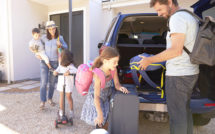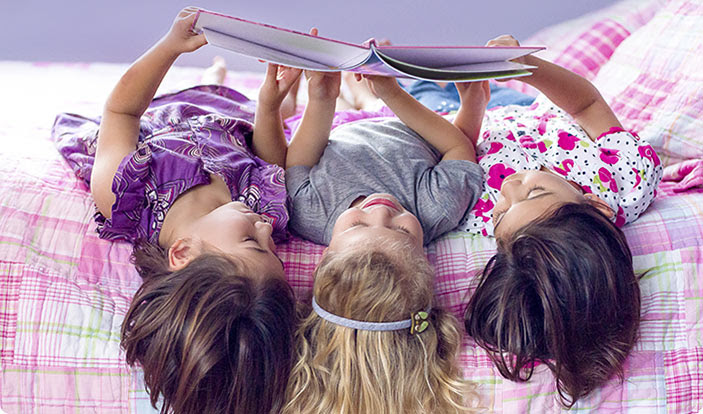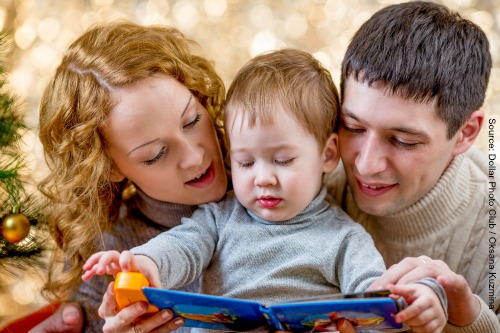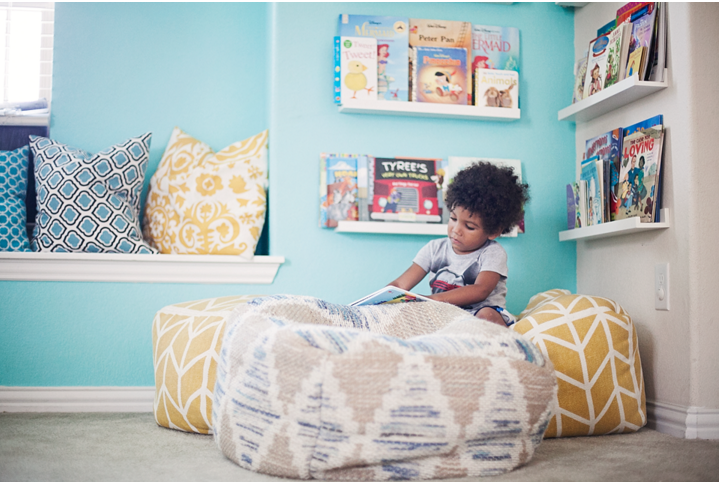
Help your child develop a growth mindset at an early age, to encourage hard work and dedication to improvement. This positive mindset allows children to be better equipped for success in the future, motivating them to develop their skills over time.
What is Growth Mindset?
Growth mindset is related to students’ attitudes about failure and was first coined by Carol Dweck and her colleagues over thirty years ago. From studying thousands of children, Dr. Dweck created the terms fixed mindset and growth mindset to describe people’s beliefs about learning and intelligence.
A growth mindset is one in which a student believes he or she can become smarter and decides to work harder to reach higher achievement. This student is also more willing to take on challenges and learn from them, so he or she can become more able in the future.
How Can I Teach Growth Mindset to My Kids?
Books, especially picture books or personalized storybooks, are perfect for teaching your children about perseverance, dedication, and hard work. These books teach children these lessons at a young age, so they learn with a positive mindset.
Books & Activities List
We’ve paired some of our personalized books that teach growth mindset with a special activity to reinforce your child’s healthy learning.
I Can Change the World!
What It Teaches: This storybook encourages children to believe in themselves and their ability to affect change in those around them. Kids are empowered to perform simple acts of kindness to positively change the world.
Kindness Activity: Create a set of kindness coupons. Cut out square pieces of paper and write a phrase such as: ‘A Kind Act for You. Please Pass It On!’ Encourage your child to do a kind act for someone else, such as helping a neighbor gather leaves, putting their bedroom toys away, or being kind to a friend. When completed, your child can hand the kindness coupon to that individual, to pass on the good deed to someone else.
My Radio Flyer Adventure
What It Teaches: Your child embarks on a magical high-flying adventure and problem-solves a daring rescue for a Dragosaur! From this adventure your child will learn the value of taking a risk and working hard to solve a problem.
Play-Doh Rescue Activity: This make-believe game will help your child problem-solve a solution to save his or her favorite toy and learn about perseverance. In the world of pretend, imagine with your child that his or her favorite small toy is in danger. And to rescue the toy, you must build a contraption out of Play-Doh to save it. Together, come up with a shape out of Play-Doh that will hold the toy and carry it to safety.
ABC What Can I Be?
What It Teaches: This alphabet introduction to different careers builds self-esteem at an early age by encouraging your child to be whatever he or she wants to be!
Role-Play Activity: Have your child draw what she wants to be when she grows up. Afterward, play dress up and have your child play pretend to be that career. For example, if she wants to be a hairdresser, have her practice hair styles on a doll. If she wants to be a doctor, assist her with giving her doll a check-up. As you play, discuss what she would need to do in order to be this professional. For example, a hairdresser would need to first wash the hair while a doctor would need to check the heart and lungs.
I’m A Big Girl/Boy Now!
What It Teaches: This personalized storybook builds self-esteem and confidence in your little boy or girl by praising him or her for doing “Big Kid” things such as going on the potty, sleeping in a “big kid” bed, getting dressed, saying “please” and “thank you,” trying new foods at dinner time, and more!
Reward Chart Activity: Create a “big kid” chart and hang it on the wall. This chart should list the days of the week at the top, and activities down the left-hand side such as: tried one new food at dinner, went on the potty alone, dressed myself, and so on. For each activity your child does successfully every day, place a star in that box. Set rewards for different levels of stars earned. For example, for twenty stars, your child wins a trip to the zoo. For fifty stars, your child gets a day at an amusement park. This helps teach your child that when he learns, he sees a positive outcome—encouraging him to keep working hard and to achieve higher goals.
My Dinosaur Egg Hunt
What It Teaches: Engage curious minds with a personalized story that encourages exploration and discovery! Your child learns about the effort needed to successfully search for dinosaur eggs.
Egg Hunt Activity: Just like the character in the book, pretend that your child is a researcher on the hunt for dinosaur eggs. Hide plastic eggs around your house and have your child search for them. Each egg will hold a small candy inside—a reward for finding each egg! When your child has found all the eggs, color and cut out your own “award” and tape it to your child’s shirt for a job well done! This activity will teach kids to keep trying and feel proud when a task is complete.
1-2-3 Blast Off With Me
What It Teaches: Your child will blast off in a train, a plane, a rocket and more to learn basic concepts, including spelling his or her own name and counting backwards!
Hopscotch Counting Activity: On your driveway, draw out squares with chalk to play hopscotch. Write in a number for each square, up to five or ten (depending on your child’s age). Have your child hop from one square to another, announcing the number as he or she jumps. On the second round, have your child try adding the numbers together with each jump, turning the game into a learning activity. If your child struggles with adding, join in and do the activity together.
My Very Own Pirate Tale
What It Teaches: This swashbuckling storybook helps children to recognize letters and spell their own name. It also teaches children about problem-solving, since your child realizes that his name is the key to opening the treasure chest in the story.
Treasure Hunt Name Activity: Cut out small squares, each containing one letter of your child’s name, or use letter magnets. Hide these letters around the house or your backyard and have your child hunt for each one until he or she has found them all. At the end, your child must search for a hidden box that is marked with their full name. When found, have your child place their letters over the name on the box and reveal the prize inside! This treasure hunt will help teach your child how to spell their name and work at a task until it is complete.
Resources
https://www.mindsetworks.com/science/





